





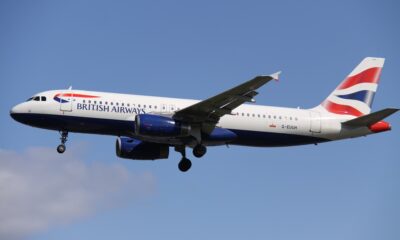

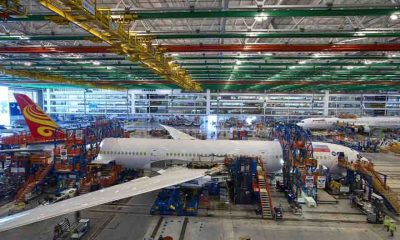










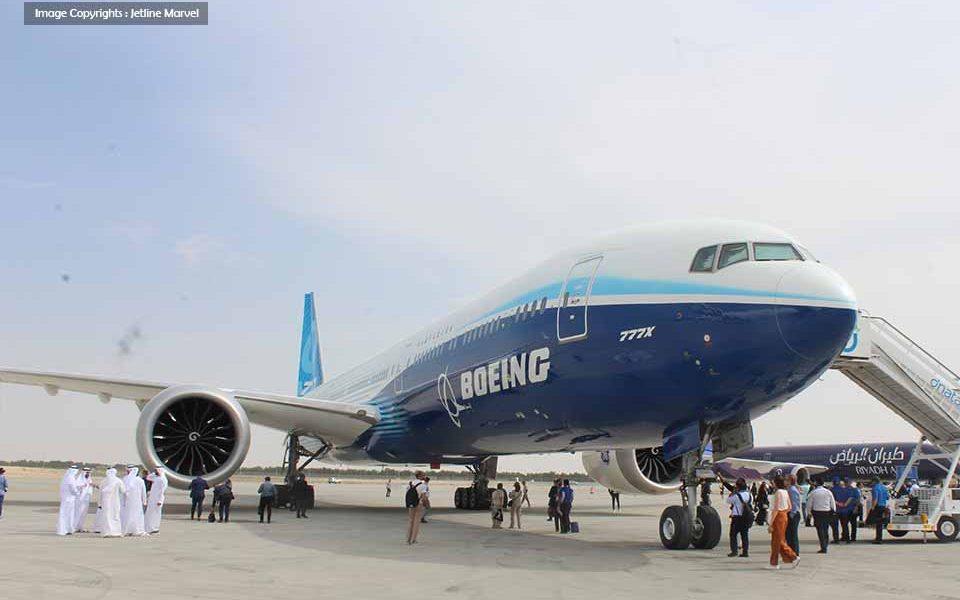
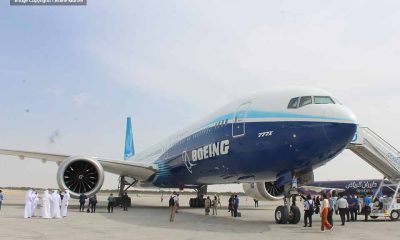

In a recent announcement, Lufthansa CEO Jens Ritter disclosed that the much-anticipated arrival of the German airline’s first widebody Boeing 777-9 is likely to face a...
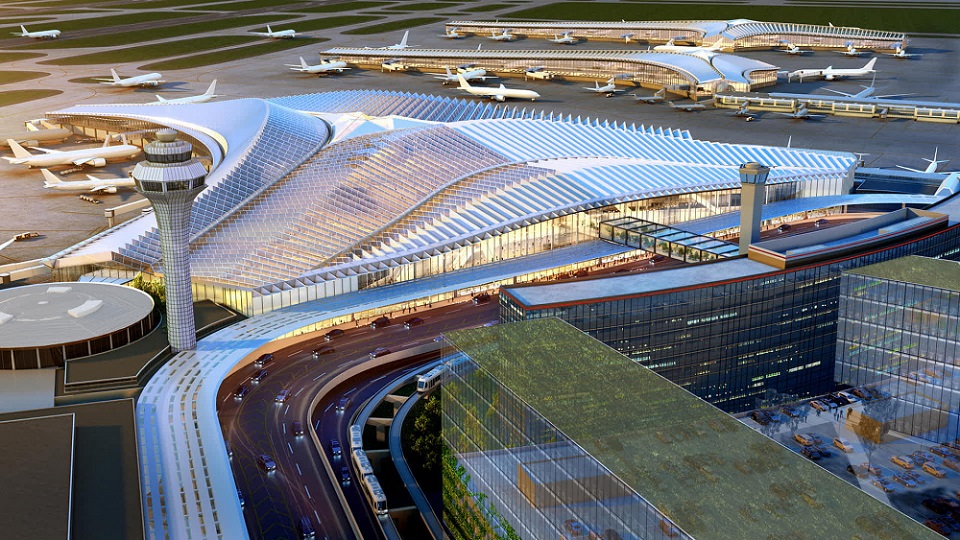


United Airlines Holdings Inc. and American Airlines Group Inc. have given the green light to Chicago’s proposed overhaul of O’Hare International Airport, a significant step forward...
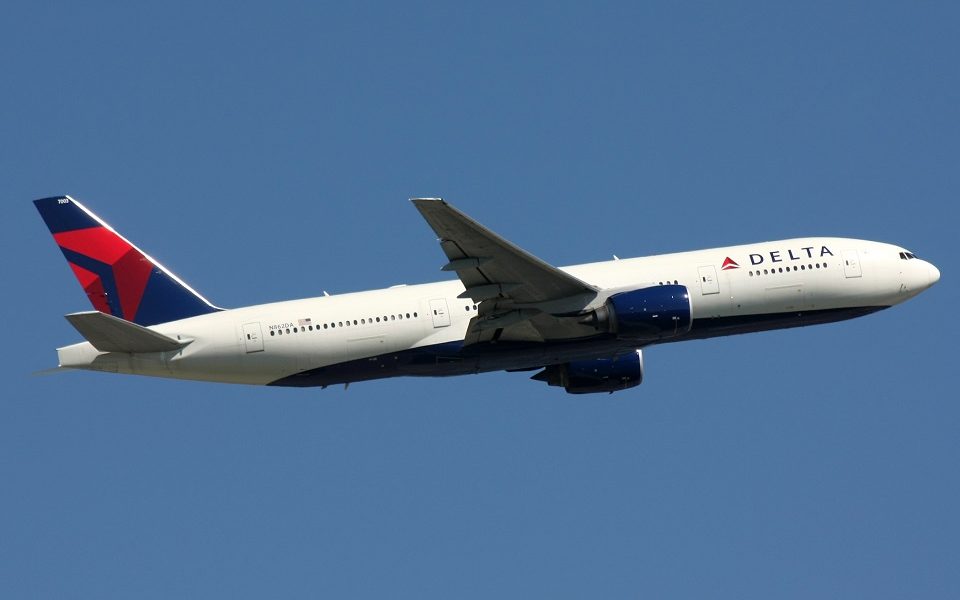
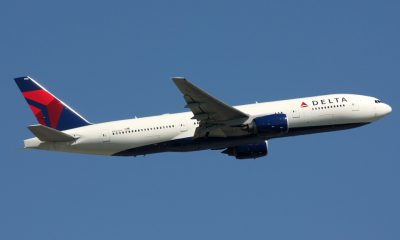

Jake Bissell-Linsk, a New York attorney whose firm is suing Boeing over safety issues after an Alaska Airlines plane lost a door plug midair in January,...
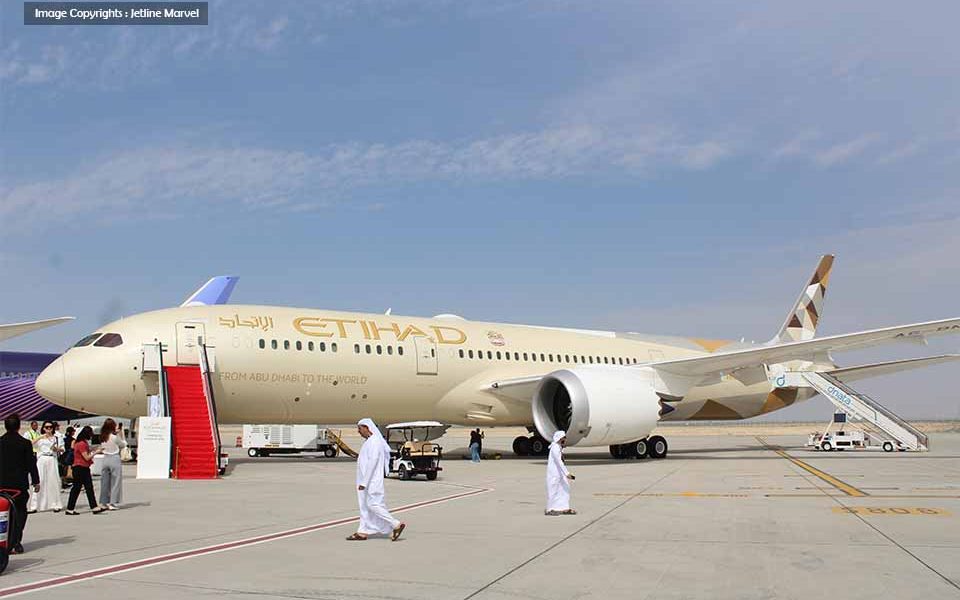
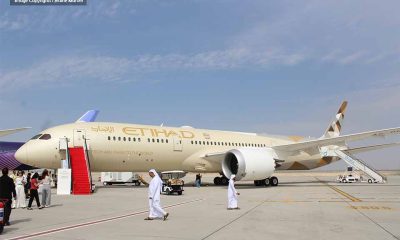

In a remarkable display of humanitarianism and innovation, Etihad Airways has redefined the purpose of its Boeing 777 aircraft, transforming them into flying hospitals to aid...
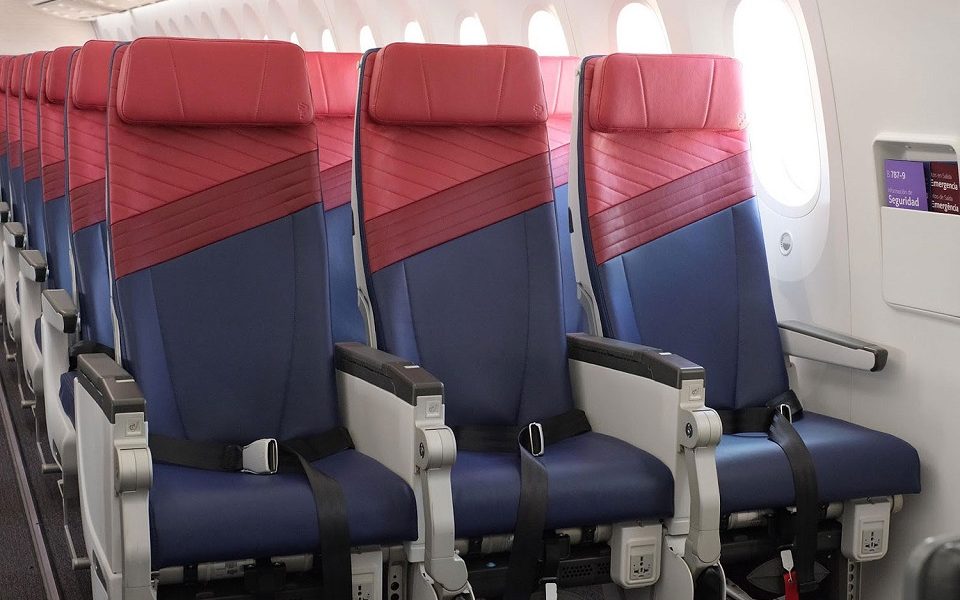
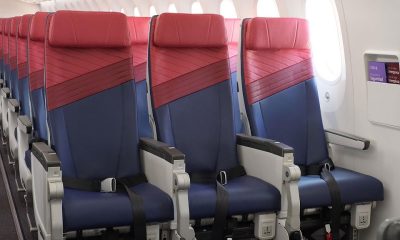

LATAM Group is setting a new standard for Economy class travel with the introduction of its innovative cabin design on Boeing 787 Dreamliner aircraft. The rollout...
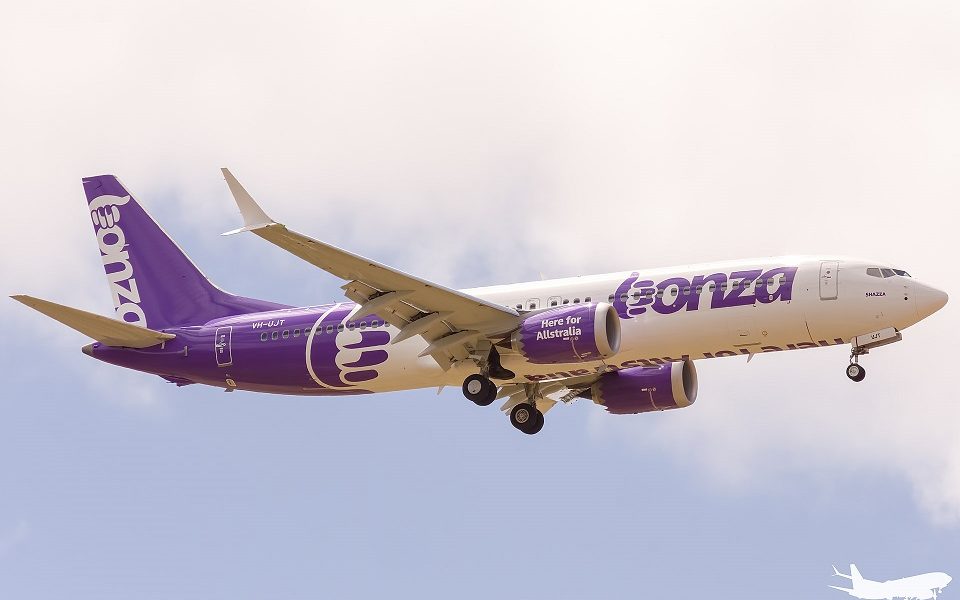
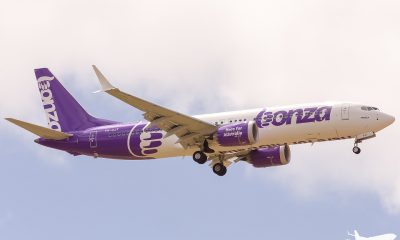

Bonza Airlines, an ultra low cost airline in Australia has temporarily suspended services for the 30th April, amidst ongoing discussions regarding the viability of the business....
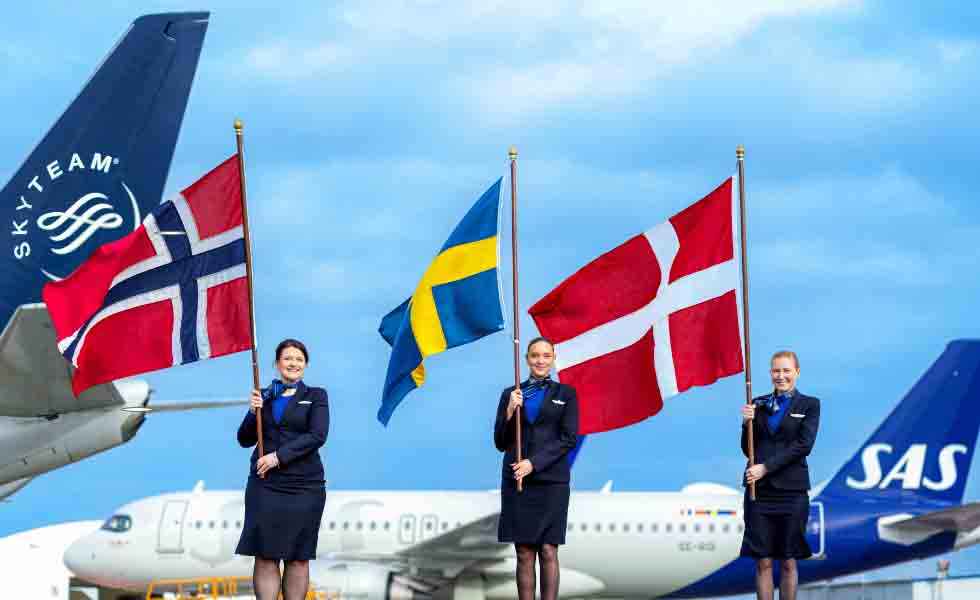
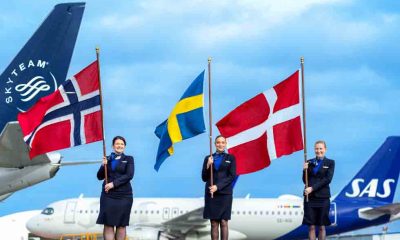

As a significant step towards SAS’s official admission into the global airline alliance, SkyTeam and SAS have signed an Alliance Adherence Agreement, marking an exciting milestone...
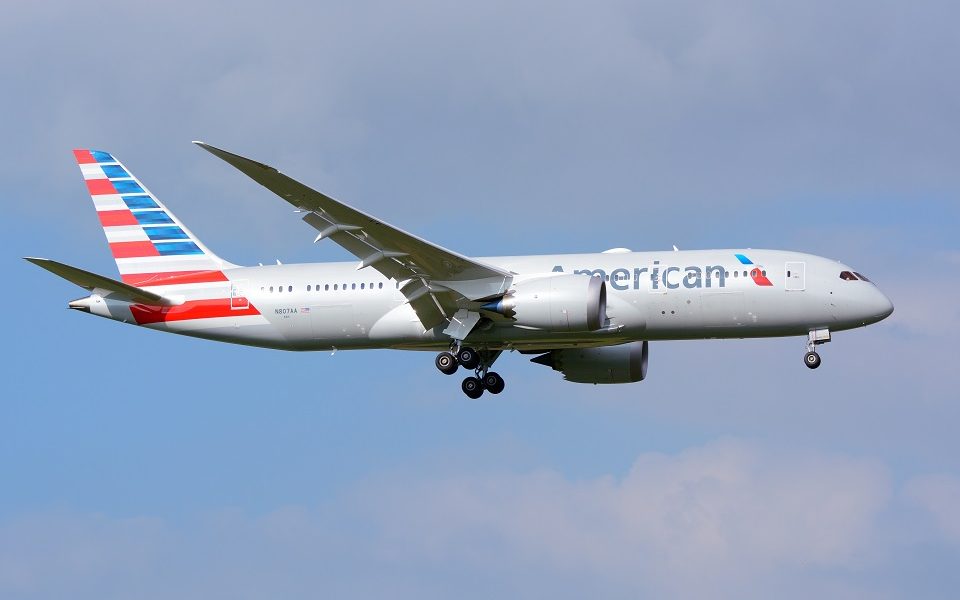
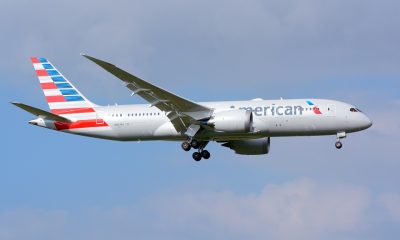

An amusing yet persistent inconvenience has befallen for American women during their recent flights, courtesy of a ticketing system that consistently misidentifies them as infants. The...
Welcome to another series of Week in Review! Let’s look at the major aviation news this week! British Airways A380 on a 5 hour ‘flight to...
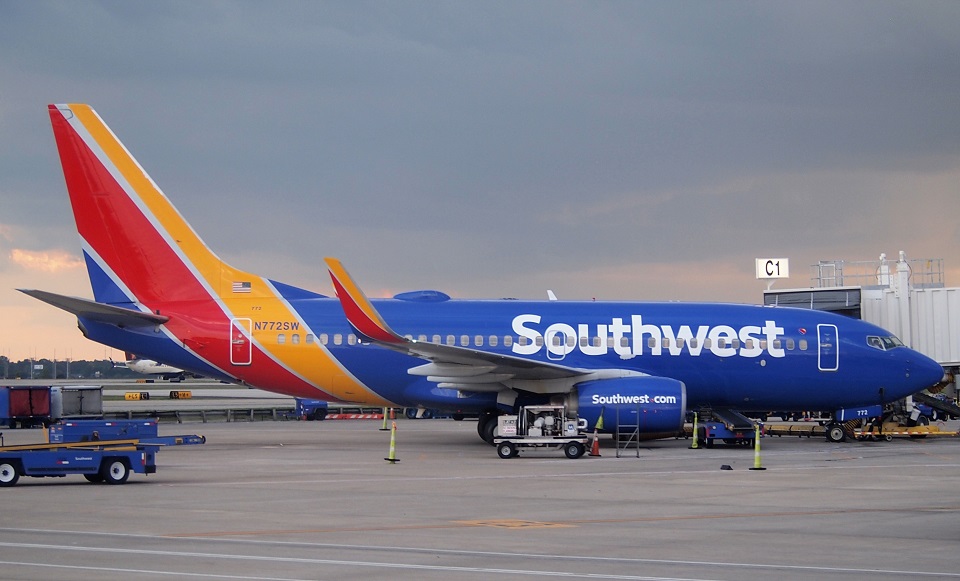
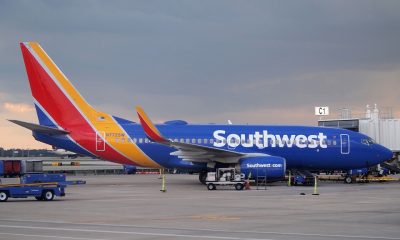

In a strategic move to navigate the challenges posed by Boeing’s aircraft delivery delays, Southwest Airlines has announced the suspension of services at four airports across...